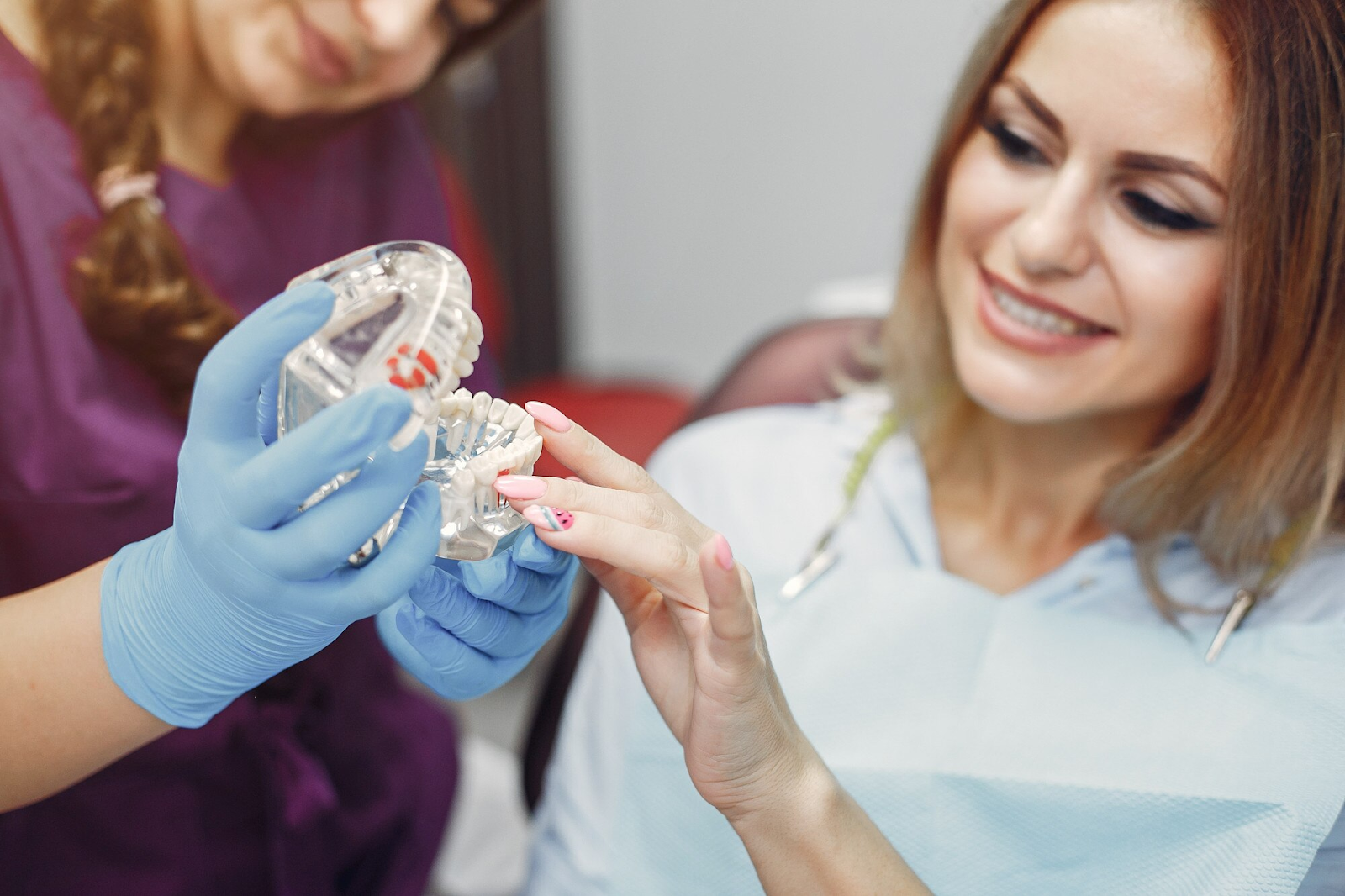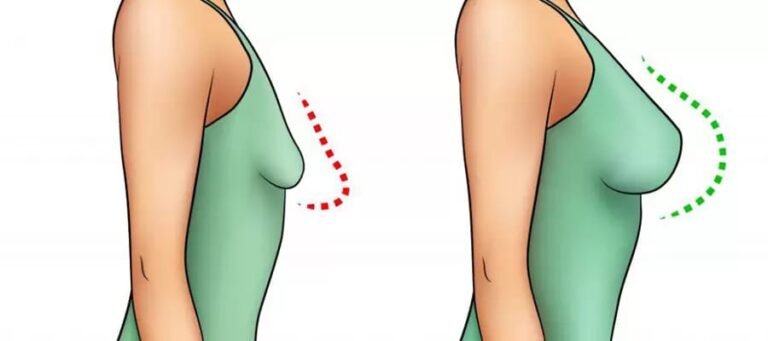Auxiliaries With Clear Aligners: When Are These Needed?
Clear aligners have transformed orthodontics by providing a discreet and comfortable way to straighten teeth without the hassle of traditional braces. These transparent trays offer a modern alternative to traditional metal braces, providing a more aesthetically pleasing option for patients of all ages. However, while aligners effectively address many dental misalignments, some cases require additional support to achieve optimal results. This is where auxiliaries become essential.1,2
Auxiliaries are tools or devices that enhance the performance of clear aligners. They enable more complex tooth movements that aligners alone may struggle to achieve. These include attachments, elastics, and other adjuncts designed to facilitate specific orthodontic goals. Understanding when and why to use these auxiliaries is crucial for both orthodontists and patients seeking the best possible outcomes. In this blog, we will explore the different types of auxiliaries, their functions, and the scenarios in which they become necessary in clear aligner therapy.2
The Treatment Process of Clear Aligners
Orthodontic treatment using clear aligners has gained popularity as a discreet and effective way to achieve a straighter smile. The process begins with a consultation with an orthodontist, who assesses the patient’s dental needs and treatment goals. After taking images and impressions, a custom treatment plan is created using advanced 3D imaging technology. This plan details the movement of each tooth and predicts the outcome, ensuring a tailored approach to the patient’s specific case.2
Once the treatment plan is established, a series of clear aligners is fabricated. Each aligner is designed to apply targeted pressure on the teeth, guiding them into their desired positions. Patients typically wear each aligner for 20 to 22 hours a day, changing to the next one every one to two weeks.2
Common Types of Auxiliaries Used with Clear Aligners
Clear aligners are a popular orthodontic treatment option, and their effectiveness can be significantly enhanced with the use of various auxiliaries. Auxiliaries are additional devices or attachments that can assist in achieving desired tooth movement. These tools can be particularly useful for addressing more complex movements which aligners alone may not effectively manage. Some clinical cases necessitate the use of auxiliary aids to enhance patient care, improve outcomes, and support healthcare professionals in delivering comprehensive treatment.
The various types of auxiliaries used include attachments (or buttons), elastics (rubber bands), interproximal reduction, bite ramps, expanders, and the use of anchorage devices.3 These auxiliaries are customised based on your specific needs and your treatment plan. Below are some clinical indications for using the various auxiliaries along with aligners.3,4
- Attachments: These are small bumps placed on teeth that enhance your aligners’ effectiveness. They help grip and move twisted or crowded teeth, allowing for complex adjustments.
- Elastics or Rubber bands: These can be used with clear aligners to correct bite issues. For example, they can help align teeth in cases of overbite or crossbite by gently pulling them into position. Elastics also improve jaw relationships for more comfortable fitting as treatment progresses, enabling more effective adjustments throughout the alignment process.
- Interproximal Reduction (IPR): IPR gently removes a small amount of enamel between teeth to create space, making it useful alongside aligners. In case you have crowded teeth, IPR may be done to make room to shift teeth into alignment. This extra space allows aligners to effectively move teeth, leading to better treatment outcomes and avoids the need of removing your teeth in minor cases.
- Bite Ramps: These are raised areas on aligners or teeth that help adjust the bite. They prevent upper teeth from biting down on lower aligners in overbite cases and assist in correcting crossbites. This ensures proper alignment and a comfortable bite during treatment.
- Expanders: If your mouth is narrow or you present with misaligned teeth, an expander may be recommended. This can help widen your dental arch, creating space for crowded teeth. After expansion, aligners can effectively move the teeth into place, leading to a better smile.
- Anchorage Devices: Anchorage devices such as small screws or plates that offer stable support for clear aligners, particularly in complex cases. They can help move front teeth back while keeping molars in place or correct severe bite issues, ensuring effective tooth movement without unwanted shifts.
By incorporating these auxiliaries, orthodontists can achieve more precise tooth movements and ensure a successful treatment outcome for their patients.
MakeO Toothsi offers quality orthodontic care with affordable clear aligner prices in India, ensuring that a beautiful smile is within reach for all. So, what are you waiting for? Schedule your appointment today!5
Benefits of Using Auxiliaries with Aligners
The benefits of using auxiliaries with clear aligners include
- Enhanced Tooth Movement: Auxiliaries provide additional anchorage and forces that can result in more precise and effective tooth movements.
- Improved Aesthetics: Clear aligners with attachments and elastics can still maintain a discreet appearance while facilitating treatment.
- Greater Control: The use of auxiliaries allows orthodontists to fine-tune movements that might be difficult with aligners alone.
- Versatility: They can address a variety of orthodontic issues, including complex cases that might otherwise require traditional braces.
- Efficiency: By optimising the movements needed, treatment time can be reduced compared to aligners used without auxiliaries.
Overall, the integration of auxiliaries in aligner therapy can significantly improve treatment outcomes and patient satisfaction.
Conclusion
The use of auxiliaries with clear aligners represents a significant advancement in orthodontic treatment. These adjunctive devices, such as elastics, attachments, and other functional appliances, enhance the effectiveness of clear aligners by addressing complex dental movements and improving treatment outcomes. By providing greater control over tooth movement, auxiliaries can help achieve desired results more efficiently and predictably.
As orthodontic technology continues to evolve, the integration of auxiliaries with clear aligners will likely become more refined, offering patients a more effective and comfortable path to a healthier, straighter smile.







